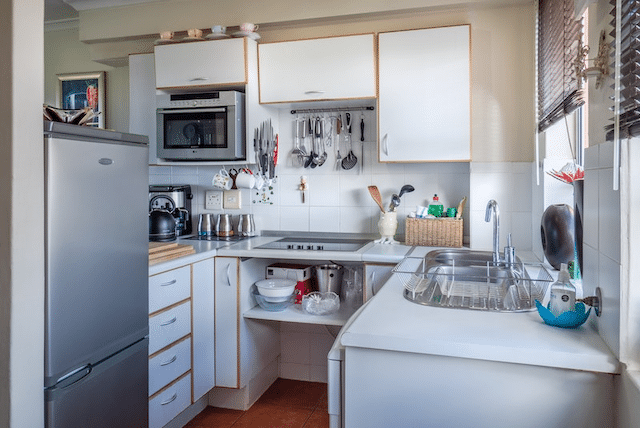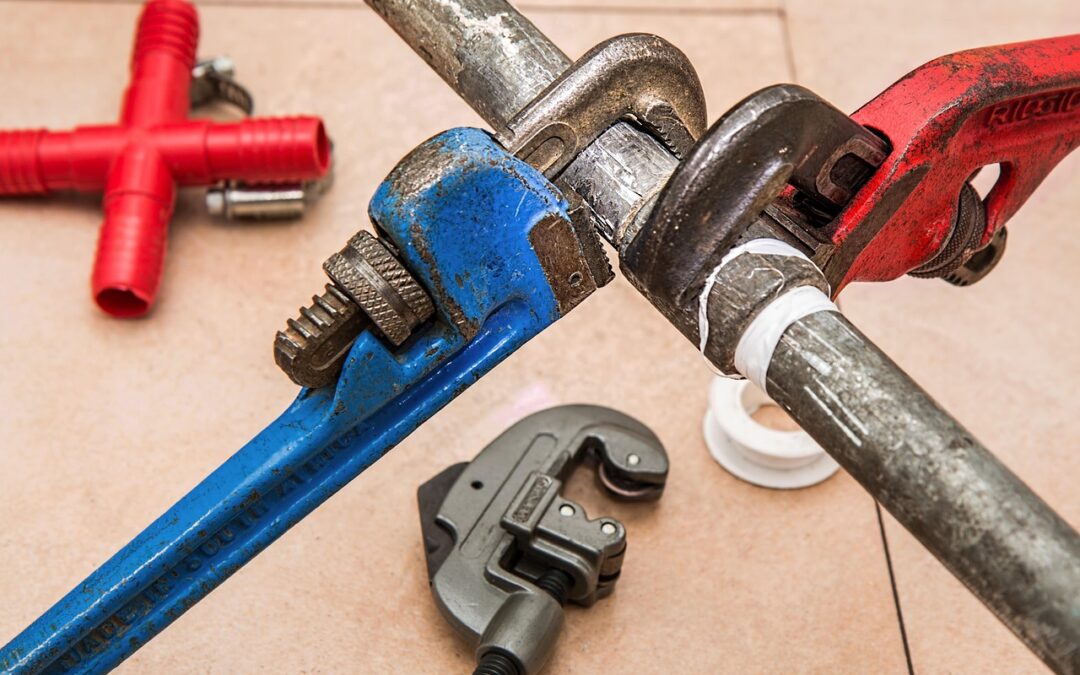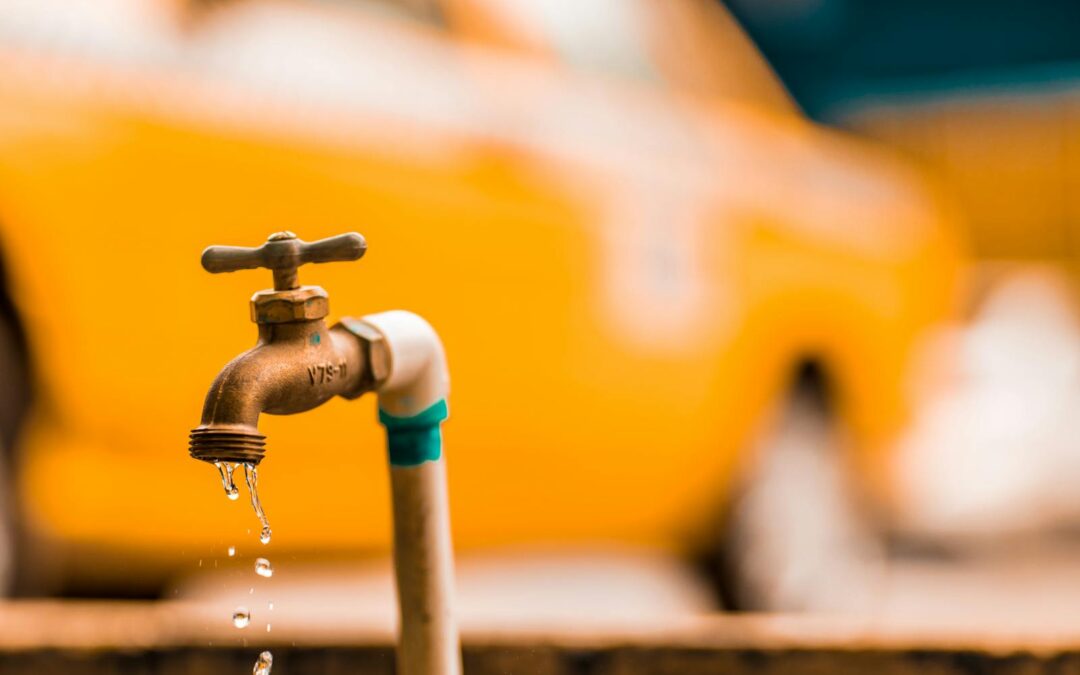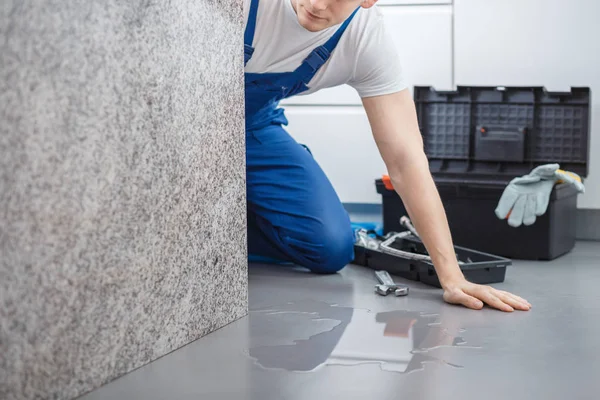Sink plumbing is something that most homeowners don’t think about until there’s a problem. But understanding how sink plumbing works can help you identify and fix common problems before they become bigger issues. In this blog post, we’ll explain what sink plumbing is and walk you through the basics of how it works.
We’ll also cover some of the most common sink plumbing issues and how to fix them. So, whether you’re a homeowner who wants to learn more about their home’s plumbing or you’re considering embarking on a DIY project, read on for everything you need to know about sink plumbing!
How Does A Sink Work?
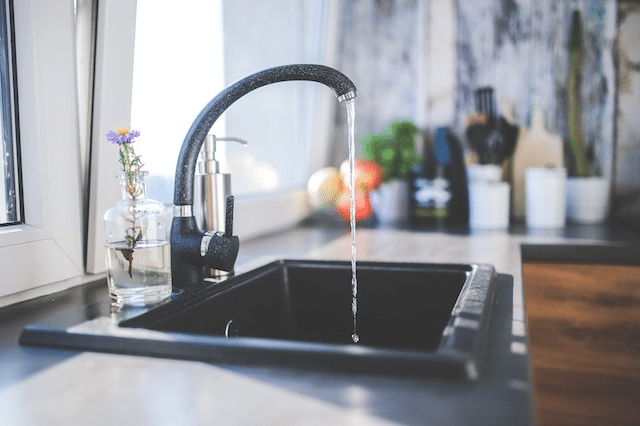
Schedule Service Online
Get a free estimate so you know what you're signing up for
"*" indicates required fields
For Emergency Services Call: 410-255-9300
Kitchen and bathroom sinks are linked to a home’s water supply system, which includes the faucets, as well as a home’s drain-waste-vent (DWV) system for drains. Kitchen and bath sinks work in much the same way; the key distinction is that kitchen sinks are meant to be connected to more fixtures than just a faucet, such as a water filter, garbage disposal, and dishwasher. The majority of bathroom sinks simply have a faucet and drain.
A sink drains via a number of components. A strainer is placed in the strainer body that’s inserted down through the sinkhole and sealed to the sink with plumber’s putty, as seen in kitchen sinks. The strainer body connects to the drain tailpiece and all of the drain plumbing beneath the sink. If there is a garbage disposal, it will be attached directly to a specific strainer body.
There are a few other parts you should know about before attempting to fix or install your sink. First, there is a rubber gasket that holds the metal washer in place. This washer creates a tight seal between the body and sink so that water will not leak through. There is also a straight tailpiece that connects the strainer body to the drain pipe with couplings.
The slip-joint coupling allows for movement between these two pieces while still maintaining a secure connection. Finally, there is an escutcheon that covers up the connector and nipple in the drainpipe – this beautifully hides away any unsightly hardware! The wastewater exits easily via a trap and ventilated drain pipe directly into the main stack, where it’s properly disposed of.
What Is A Sink Trap?
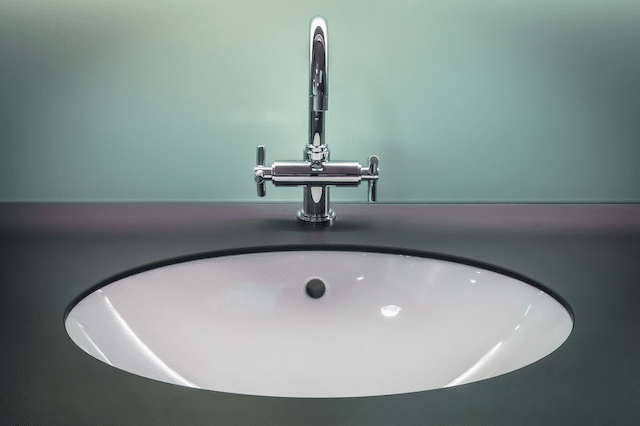
The sink trap is a U, J, or S-shaped pipe located under the sink that connects to the drain. Its purpose is to hold water in order to prevent sewer gasses from entering the home through the drain. The trap also provides a place for any solids that are drained from the sink to collect so they can be properly disposed of.
The trap is linked to the sink drain tailpiece and drain pipe with threaded couplings. A large rubber washer beneath each coupler provides a watertight seal. If a sink blockage develops—or if you drop a small object down the drain—the first place to look for it is in the easily removed trap (ensure that a bucket is handy before removing the pipes). Some traps include an easy-to-remove clean-out plug at the bottom, allowing you not to have to remove it at all.
Common Sink Problems And How To Fix Them
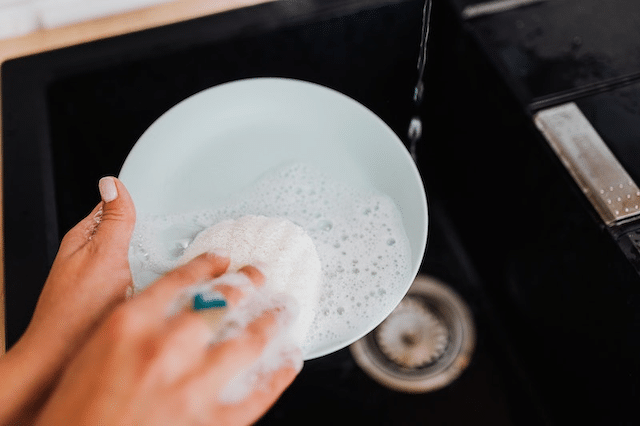
Below, we discuss some common sink problems and how to fix them:
Low Water Pressure
Low water pressure is typically caused by the sink faucet. Check to see if both cold and hot water are affected. If so, it’s likely because of the aerator. Over time, calcium deposits can accumulate in the faucet aerator and reduce water pressure. Fortunately, unblocking an aerator is straightforward.
How to Fix the Low Water Pressure Issue
- Start by unscrewing the aerator from the faucet.
- Soak it in a vinegar solution for several hours or overnight to loosen the calcium deposits.
- If that doesn’t work, you can use a wire brush to remove the deposits.
- Once the aerator is clean, reattach it to the faucet and turn on the water to check the pressure.
Clogged Kitchen Sink
A blocked kitchen sink can be incredibly unsettling, as this is the place where you make your food and store it. You want to ensure that it’s always clean for obvious reasons. A backed-up kitchen sink can cause mold, bad smells, and a host of other issues. Thankfully though, unblocking clogged kitchen sink plumbing is relatively easy to do.
There are two types of clogs: those that are above the drain P-trap and those that are below it. If the blockage is above the trap, then it’s likely caused by grease or food buildup on the sides of the drainpipe. If it’s below the trap, then it’s most likely due to a foreign object being caught in the drain. In either case, there are a few things you can do to try to unclog your kitchen sink before calling a professional.
How to Fix Above-the-Trap Clogs
If your issue is with an above-the-trap clog, then you’ll need to use a plunger to dislodge it. Fill your sink with enough water to cover the plunger cup, place the plunger over the drain, and then push and pull it up and down vigorously. If that doesn’t work, you can try using a plumbers’ snake.
How to Fix Below-the-Trap Clogs
If the clog is below the trap, you’ll need to remove it so that you can access the P-trap. Place a bucket beneath the trap to catch any water that will spill out when you remove it. Next, unscrew the couplings that connect the trap to the drainpipe and tailpiece.
With the trap removed, you should be able to see what’s causing the blockage. If it’s a foreign object, simply remove it and reassemble the trap. If the blockage is due to grease or food buildup, then you’ll need to use a plumbers’ snake or call a professional.
Water Leaking From The Sink
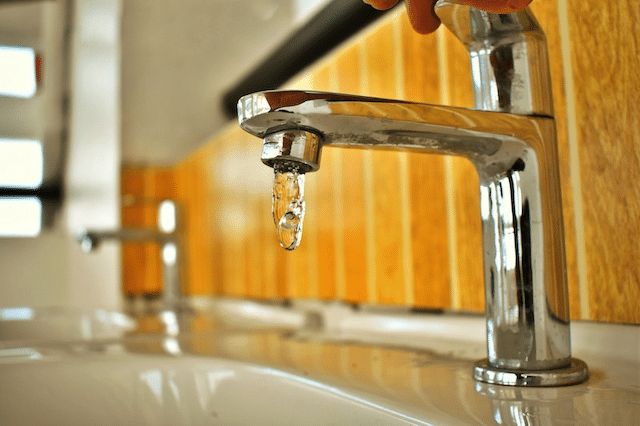
A leaking sink is not only annoying but can also lead to significant water damage if left unaddressed. The good news is that fixing a leaking sink is usually a relatively easy and inexpensive task. The most common cause of a leak is a worn-out rubber gasket or washer. These components are located under the sink handles and can be replaced without too much difficulty.
To fix a leaking sink, start by shutting off the water to the sink and then removing the handles. Next, use a wrench to remove the nuts that hold the faucet in place. With the faucet removed, you should be able to see the rubber gasket or washer. Simply replace it with a new one and reassemble the sink.
Sink Making Strange Noises
If your sink is making strange noises, it’s most likely due to a buildup of sediment in the P-trap. Over time, this sediment can harden and cause the P-trap to become misaligned. As a result, water will flow through the drain trap unevenly, which can create loud gurgling or dripping noises.
The best way to fix this issue is to remove the P-trap and clean it out. To do this, start by shutting off the water to the sink and then removing the handles. Next, use a wrench to loosen the nuts that hold the trap in place. With the trap removed, you should be able to see the sediment buildup. Simply use a wire brush to remove the deposits. Once the P-trap is clean, reattach it to the sink and turn on the water to check the pressure.
If your sink is still making strange noises after cleaning out the P-trap, then it’s likely due to a loose connection. To fix this, simply tighten the nuts that hold the trap in place.
Jammed Garbage Disposal
Jammed garbage disposals are often caused by an object stuck in the blades. To fix this, start by shutting off the power to the disposal. Next, use a flashlight to look into the disposal and locate the object. Once you’ve found it, use a pair of pliers to remove it. If you can’t reach the object, you may need to use a pair of needle-nose pliers.
Once the object is removed, turn on the power to the disposal and run some water through it to clean out any debris. If your disposal still isn’t working properly, then it’s likely due to a more serious issue, and you’ll need to call a professional.
Slow Draining Sink
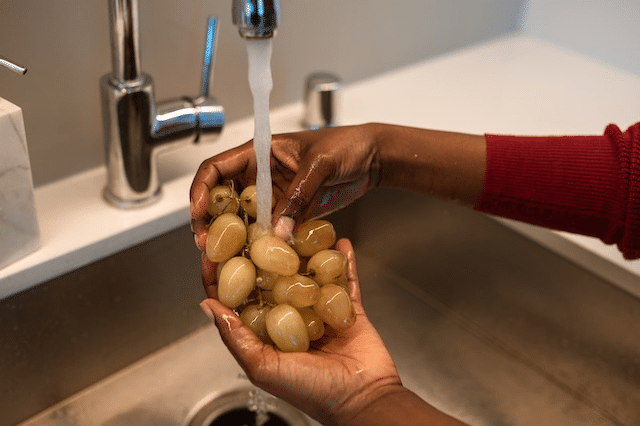
A slow-draining sink is usually caused by a buildup of hair and soap scum in the P-trap. To fix this, start by removing the P-trap and cleaning it out. To do this, start by shutting off the water to the sink and then removing the handles.
Next, use a wrench to loosen the nuts that hold the trap in place. With the trap removed, you should be able to see the hair and soap scum buildup. Simply use a wire brush to remove the deposits. Once the P-trap is clean, reattach it to the sink and turn on the water to check the pressure.
If your sink is still draining slowly after cleaning out the P-trap, then it’s likely due to a clog in the sink drain pipe. To fix this, you’ll need to use a plunger or a plumber’s snake. If you’re unable to clear the clog, then you’ll need to call a professional.
Need Sink Repairs?
If you’re having any issues with your sink or you need a new sink installation, then it’s best to call a professional. Plumbers have the tools and experience necessary to diagnose and fix any problem. At MD Sewer & Plumbing Services, we have a team of experienced plumbers who are available 24/7 to help you with any plumbing issue. Contact us today and get free estimates!

